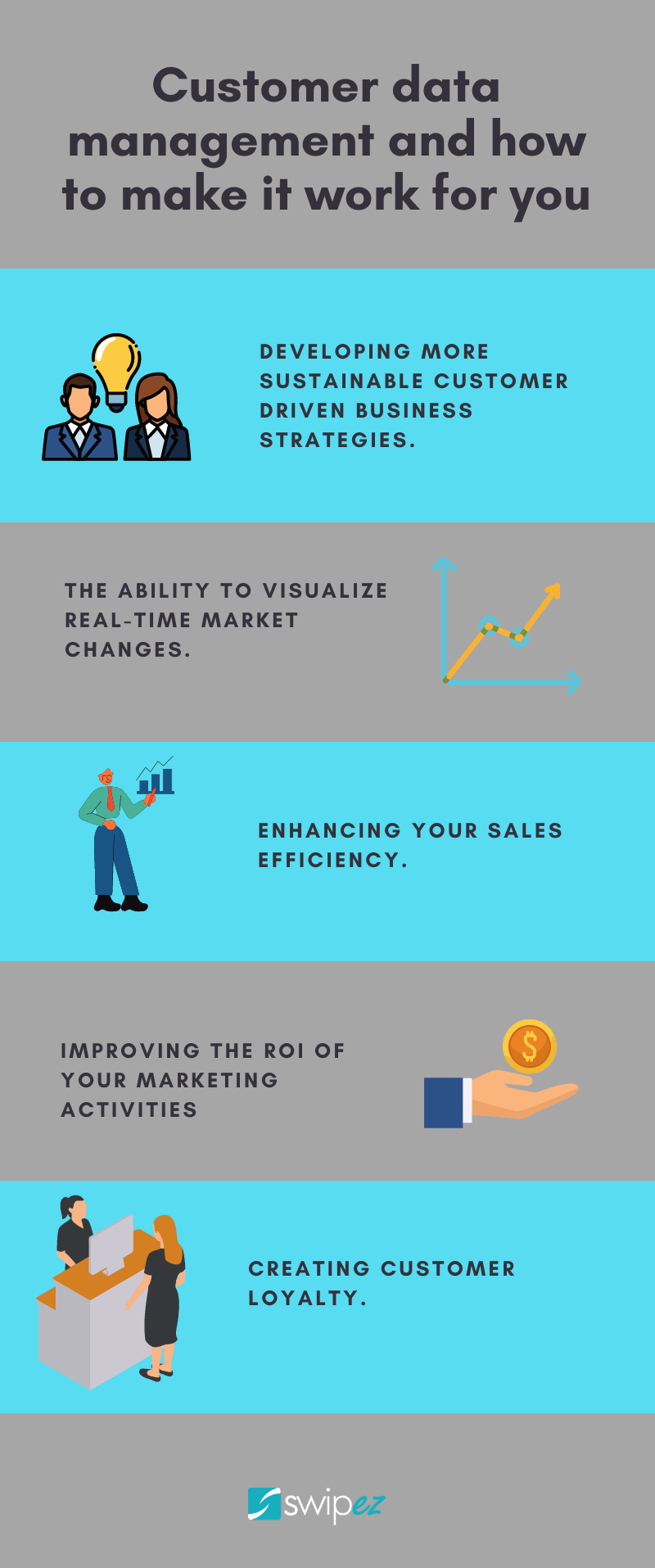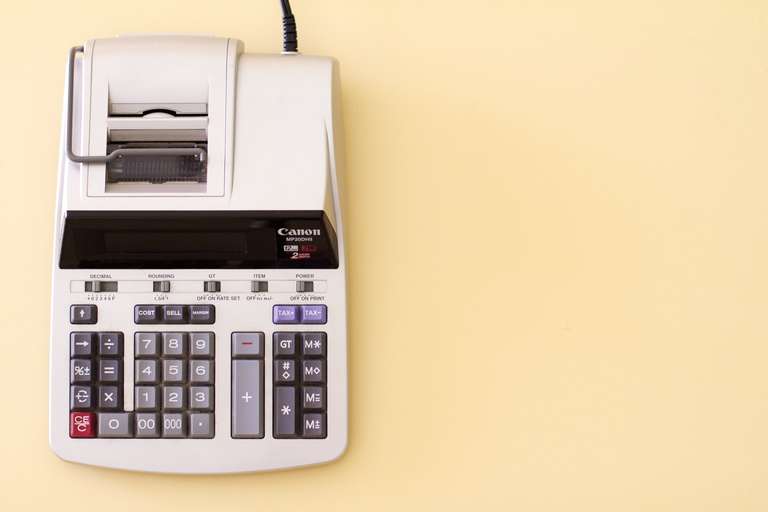Best practices for customer data management

Table of Contents
“Data is the new oil” is a phrase we have heard regularly during the last decade. The quality of your business's customer data, not only helps you better understand your target audience, but also gives you the ability to tailor your products or services accordingly. It also gives you the ability to target and customize the right kind of promotions for your business to existing as well as potential customers. Collecting customer data accurately in today’s business world is an important metric to build a successful business. This data is a boon to your business but also comes with its share of responsibilities.

Below we have listed a few key points to consider when it comes to customer data management.
How do you store your data?

The crux of any business is its customers. Recording customer information is one of the key points you must focus on. Decide on how you want to maintain your data depending on your business size. It is preferable to maintain all data electronically as it is easy for you to search through and access your data conveniently. SMB’s usually stick to collecting data using excel spreadsheets, while this is acceptable when you are just starting out but the more your customer base expands the tougher it becomes to maintain this data. Make a smart choice and choose a software that helps you with this task. There are many options available from customer database software, CRM’s to even billing software that help you organize this data. They can also provide customer insights based on the data, which is a great way to identify opportunities for improvement. Setup your systems in anticipation for growth proactively.
Set up an all encompassing structure
Plan out all the information you need to capture of your customers right from day one, this will avoid the headache of you having to one year down the line recollect data from your customers. Setup an all encompassing format and start collecting each field of information while interacting with your customers right from the get go.
Take the correct security measures

According to studies, the average cost of a data breach worldwide in large organizations is Rs.28 crores. It’s estimated that small and medium-sized businesses (SMBs) experience average losses of Rs.80 lakhs per data breach.
When you gather personal data about customers such as their personal phone numbers, addresses or company financials, you need to have a plan to keep that information safe. Your customers have entrusted you with their data. Keeping your customer data safe will not only help you build a long term relationship and establish trust with your customers but will also help your company save time and money in the future.
Collect information ethically
Over the last few years we have had a lot of cases of large multinational companies that have faced a lot of heat for how and what information they collect from their customers. Always ensure that your customers are aware of their data that they share and have full knowledge of what you will use it for. Allow your customers to opt in to share valuable information and draft an airtight privacy policy that is displayed and accepted by all your customers. This will lead to transparency in your data collection and keep your customers trust.
Keep a backup of you data

Even though the chances of losing data are high, most businesses don’t take enough care in creating copies or backups of their data. Data backup and recovery plans are essential for all businesses. No matter how you collect your data, be it a spreadsheet or a software you need to ensure that you take regular backups of all your data on an alternative platform. Setup a schedule, it could be at a time interval that you are comfortable with where you make a copy or backup your data religiously.
The right backup strategy keeps your customer data safe and gives you peace of mind.
Updating your customer data
Customer data becomes outdated very quickly, with customers constantly updating their email or postal addresses, contact numbers etc. Make sure you routinely validate all updated information and also review your data and remove duplicate entries to keep your data accurate at all times. Depending on which software you use to manage your data they may have automated updating tools that can ensure your data is up to date.
This data cleansing routine will help you avoid mistakes and ensures that you have high-quality, accurate information to analyze about your customers. Think of data cleansing as part of your quality control.
Team training

Your team plays a key role in customer data management. Make sure they understand the importance of this data and ways to handle it. A simple employee mistake such as deleting a few entries can play havoc with your data. Ensure they understand how to input data into the systems you have put in place, access it safely and maintain it so you have accurate data moving forward. With a high churn of employees it is even more important to put foolproof solutions in place to manage your data.
Access
Once you’ve laid the groundwork for how to collect, maintain and protect data for your business, the next step is to ensure that you have access to it at all times and that the right people have access to it. No matter how you manage your data make sure it is on the cloud, this will ensure that you always have access to it. Beyond this 24/7 access another key point to note is that not all employees need access to all data. To protect your data ensure that your software or platform has the ability for you to restrict access. This will let you set permissions and give access to only those who need to view or edit that particular data set.
Streamline your business operations! Free billing and GST software
Customer data management is one of the most important aspects of running your business. Your businesses reputation depends on how you collect, store and use your customer data. In today's world where customers respect their privacy, it is key for you to adhere to that as a business. Learn how to use your customer data to better serve your customers and keep them coming back.



